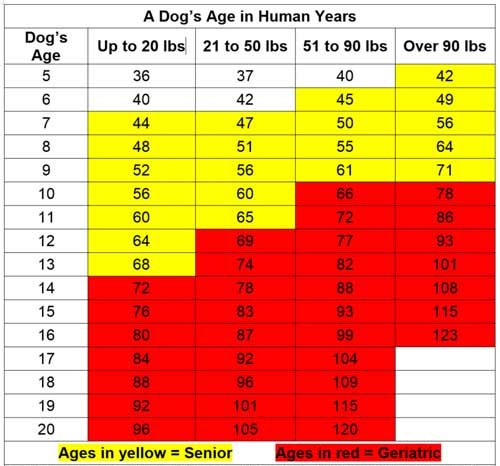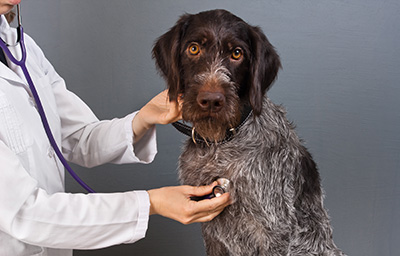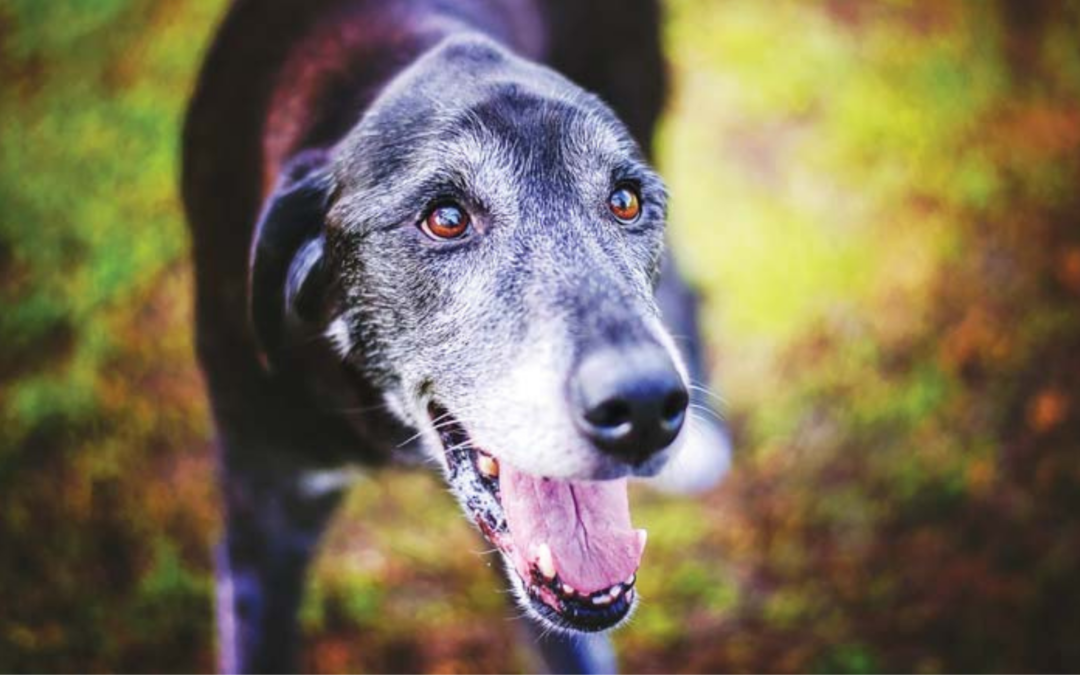Geriatric dogs are like humans in some ways, they can show late aging stages at different ages. One must take into account various factors, such as genetics, breed, size, and overall care over their lifetime.
General guideline to when a dog is geriatric is as follows:

Senior dogs in particular, are not monitored as carefully as they should be in their later years. Studies show that in the United States alone, looking at cases of dogs aged 10 years or older, data reveals that only 31 percent of geriatric dogs were examined by veterinarians within 18 months prior to their end of life, including euthanasia. Nearly 70 percent did not receive veterinary care during the last phase of their lives.
How sad is this? That the end of a dog’s life could have been made more comfortable, or they could have been helped or cured of an ailing disease, that could have been prevented.

Having had a super geriatric dog myself, Bolo lived to be 26, we experienced the signs of his end stages of life together. There were measures taken to make his life more comfortable, and safe, until it was his time to leave.
Bolo had regular blood checks and his diet and vitamins, etc. were all part of his end-of-life care. These were important to give him the best chance to live his life to the fullest and with dignity. And of course, with daily exercise and massages, this kept him fit and with a good quality of life. Our home was also a quiet space where he was at ease and secure. I made sure the steps were tailored for his short legs and accessibility, and carefully placed mats and bedding made his mobility much easier and more convenient. I took the necessary precautions to keep my boy as healthy and content as possible. Bolo was a happy dog to the end.
The signs to look for include: mental or behavioral changes, sleeping patterns, fear of new people or things, compulsive or repetitive behaviors, more barking or vocalizing, restlessness, pacing, anxiety, cloudy eyes or difficulty seeing, bad breath, slowing down and hard time moving, lumps and bumps, weight change, incontinence, grumpy possibly from discomfort or pain, confusion or disorientation, etc.
If your dog visits the vet on a regular basis, you’ll better be able recognize and navigate any potential health issues and treatment options for their aging symptoms. Together you can plan the best course of action for your geriatric dog moving forward, helping them to live as long as possible, pain free..
Our dogs give us the best years of their lives – and often ours too. Don’t you want to make their golden years the most healthy and enjoyable as possible?
For any dog health-related questions, please visit Ask Dr. Top by clicking here: https://bolostail.com/ask-dr-top/


Recent Comments